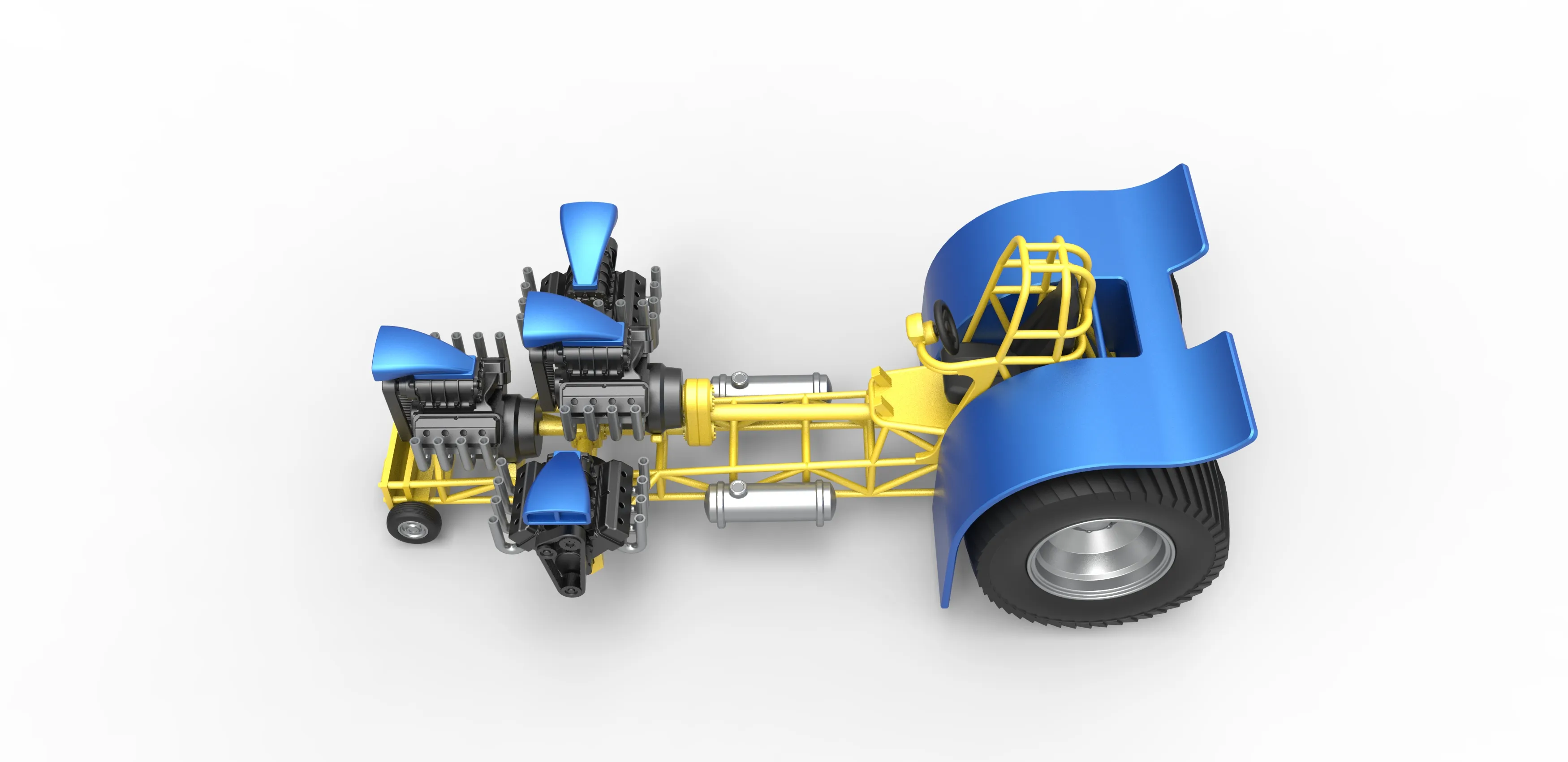Diecast Tractors Introduction
Diecast toy pulling tractors offer a unique and engaging hobby that combines the thrill of competition with the satisfaction of model building and modification. These miniature marvels are not just toys; they are meticulously crafted replicas that can be tuned and tweaked to compete in pulling contests. Achieving success in this hobby requires understanding the fundamental principles of power, traction, and weight distribution. This guide dives deep into the top 7 tips to transform your diecast tractor from a casual plaything to a pulling powerhouse. Whether you’re a seasoned enthusiast or a complete beginner, these insights will help you optimize your tractor for peak performance and dominate the pulling track. Get ready to discover the secrets to unlocking your diecast tractor’s full potential and experience the excitement of miniature pulling competitions.
Choosing the Right Diecast Tractor
The foundation of a successful pulling tractor begins with selecting the right model. Not all diecast tractors are created equal, and some are inherently better suited for pulling than others. Factors such as build quality, availability of parts, and potential for modifications should all be taken into consideration. Look for models with robust chassis and durable components, as these will withstand the stresses of pulling. Research different brands and models, reading reviews and seeking advice from experienced pullers. The goal is to find a tractor that not only appeals to your aesthetic preferences but also offers the best platform for customization and performance enhancement. Consider the availability of aftermarket parts, as this will greatly expand your ability to tune and optimize your tractor.
Consider Scale and Weight
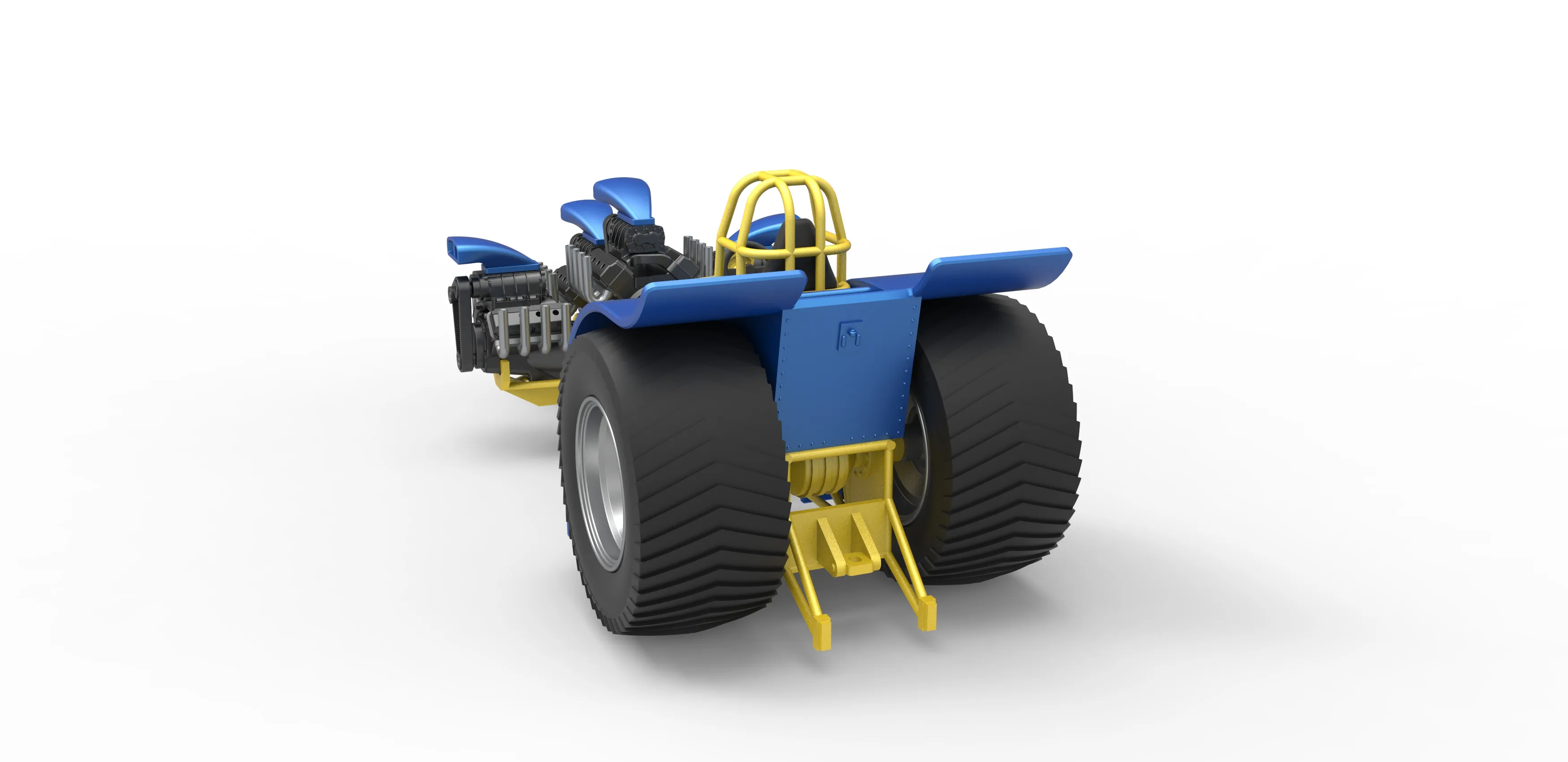
The scale of your diecast tractor plays a crucial role in its pulling potential. Larger scales often offer more space for internal modifications and allow for greater weight. The weight of the tractor itself is a critical factor; heavier tractors generally have more traction, but the weight must be distributed strategically. Too much weight can hinder performance, while too little can result in wheelies and a loss of power. Many pulling competitions have weight classes, so it’s important to choose a scale that fits within the rules of your chosen competition. Consider the availability of add-on weights and the ease with which you can add or remove weight to fine-tune your tractor’s performance. A well-balanced tractor, carefully weighted and scaled, will be more competitive.
Tire Selection is Key
Tires are the primary point of contact between your diecast tractor and the pulling surface, so their selection significantly impacts traction. Different tire compounds and tread patterns offer varying levels of grip, so choosing the right tires is essential. Experiment with different tire options, considering both the material and the tread design. Some pullers modify their tires, cutting and shaping the tread to enhance grip, while others opt for aftermarket tires specifically designed for pulling. Tire performance depends heavily on the pulling surface, so consider the types of tracks you’ll be competing on. Soft, muddy tracks benefit from aggressive tread patterns, whereas harder surfaces require tires that can maintain optimal contact. Regular inspection and maintenance of your tires are also important, as wear and tear can significantly reduce traction.
Optimizing Traction
Maximizing traction is a multifaceted process involving various adjustments and modifications. This includes experimenting with tire pressures, the choice of tires, and modifying the tire tread to optimize grip. Consider using tire traction compounds designed to increase stickiness on the pulling surface. Another critical aspect is proper weight distribution; the goal is to transfer as much weight as possible to the rear wheels without causing the front end to lift. Fine-tuning these elements will ensure that your diecast tractor effectively converts engine power into pulling force, leading to greater distances and improved results. Always test your adjustments and carefully observe how they impact your tractor’s performance on different track conditions to find the perfect balance.
Tuning the Engine
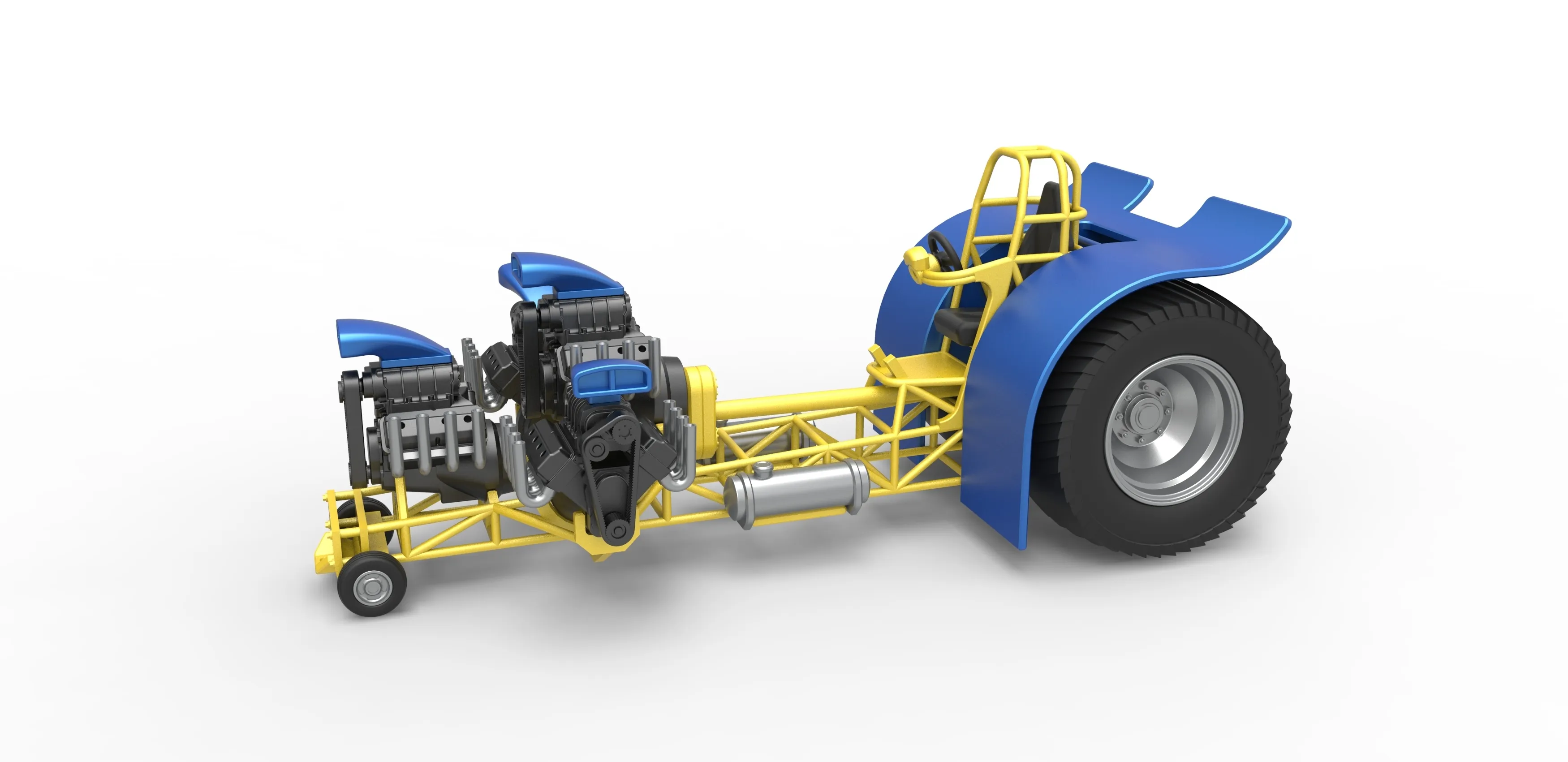
Improving the performance of your diecast tractor often requires modifications to the engine. These modifications can range from simple upgrades to more complex alterations. When making engine adjustments, research the rules and regulations of the pulling competitions you plan to enter. Some competitions may restrict engine modifications to maintain fair play. Engine tuning involves enhancing the motor’s power output by increasing voltage or changing the gearing ratio. While the specific methods will vary depending on the model, the goal is to maximize power delivery while ensuring the tractor’s components can withstand the increased stress. Modifications to the electrical systems, such as using higher-capacity batteries, will enable your tractor to provide consistent power output.
Motor Modifications
The electric motor is the heart of your diecast tractor, so motor modifications are a primary way to enhance performance. Consider replacing the stock motor with a more powerful one designed for higher RPMs and increased torque. Evaluate the voltage of the motor and use batteries with the appropriate voltage to match it. You can also modify the motor itself by rewinding the armature or upgrading the brushes and magnets. These modifications require careful planning and execution. Consult online forums and communities to understand the various motor modification techniques used by other pullers. Make sure to consider the limitations of your tractor’s chassis and drivetrain, ensuring they can handle the increased power output. Ensure your motor is correctly installed and that you maintain it regularly, as this is essential to achieving optimal performance.
Battery Upgrades
Upgrading the battery is a critical step in maximizing your diecast tractor’s pulling power. Using a battery with a higher voltage can increase motor speed and torque. Higher-capacity batteries provide a longer runtime, allowing for more consistent power delivery throughout the pull. Consider using lithium-polymer (LiPo) batteries, known for their high energy density and discharge rates. When selecting a battery, make sure it is compatible with your tractor’s motor and electrical system. You may need to upgrade other components, such as the electronic speed controller (ESC), to handle the increased power. Always follow proper safety precautions when handling and charging LiPo batteries. Regularly inspect the battery for any signs of damage or wear, as damaged batteries can pose safety risks.
Gear Ratio Adjustments
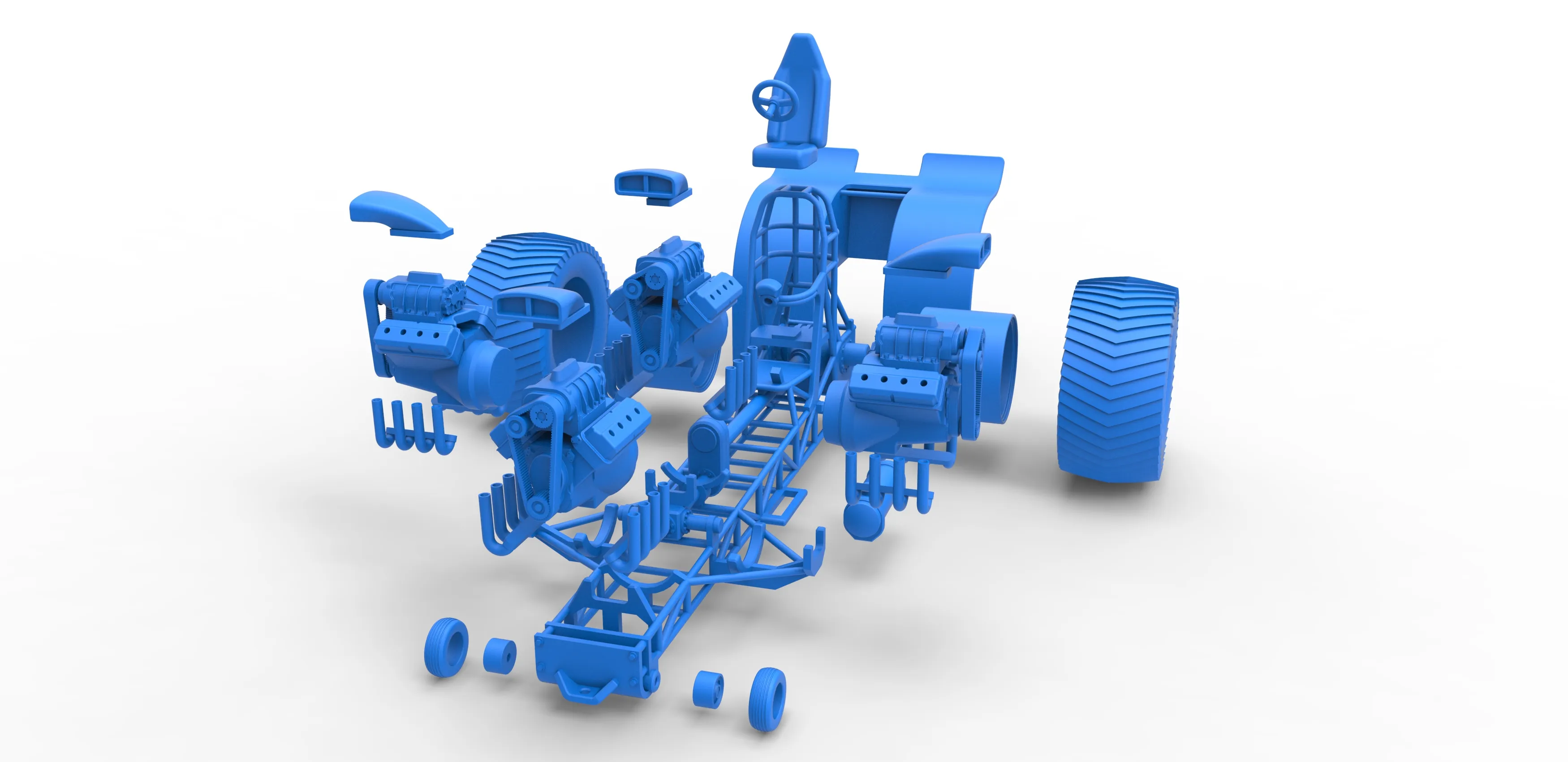
Changing the gear ratio can significantly impact your diecast tractor’s pulling performance by altering the balance between speed and torque. A lower gear ratio provides more torque, allowing the tractor to pull heavier loads, while a higher gear ratio increases speed. The optimal gear ratio depends on the weight of your tractor, the track conditions, and the pulling rules. Experiment with different gear ratios to find the ideal setting for your tractor. Many diecast tractors have adjustable gearboxes, which allow you to easily change the gear ratio by swapping out gears. Some pullers use custom gearboxes or modify the existing ones. Regularly inspect the gears for wear and tear and replace them as needed to maintain optimal performance. A well-tuned gear ratio will allow your tractor to effectively harness its power and excel in pulling competitions.
Weight Distribution Secrets
Weight distribution is a crucial aspect of diecast tractor pulling, as it significantly affects traction and overall performance. The goal is to shift the weight strategically to enhance the tractor’s ability to pull the sled. Proper weight distribution prevents wheelies and maximizes the transfer of power to the pulling surface. This requires careful placement of weights, consideration of the tractor’s center of gravity, and an understanding of the forces at play during a pull. Fine-tuning the weight distribution is essential for optimizing performance, which may require experimentation and analysis. The correct approach is about balancing these elements to optimize traction, prevent loss of control, and ultimately increase pulling distance.
Front Weight Placement
The placement of weight in the front of your diecast tractor helps to prevent the front end from lifting during a pull. By adding weight to the front, you lower the center of gravity and increase stability. Experiment with various front weight configurations to find the optimal balance. Some pullers use lead weights, while others prefer other materials like tungsten or steel. When adding front weights, make sure that they are securely attached and do not interfere with the tractor’s steering or drivetrain. Consider using a weight bar or bracket specifically designed for diecast tractor pulling. The goal is to add enough weight to keep the front end down without significantly reducing the overall performance. Observe how the front end reacts during pulls and adjust the weight accordingly.
Rear Weight Strategies

Rear weight is essential for maximizing traction and transferring power to the pulling surface. The majority of your tractor’s weight should be concentrated at the rear, providing optimal grip. Experiment with different weight configurations, testing various amounts and positions. Consider using a weight pan or tray to hold the rear weights, allowing you to easily adjust the weight distribution. The goal is to find a balance between weight and performance. Too much weight can hinder acceleration, while too little may cause wheel spin. Rear weight should be positioned as close to the rear wheels as possible to maximize leverage and increase traction. Using weights in the right place can significantly improve your tractor’s pulling performance. Careful and strategic placement of rear weights is a critical step in optimizing traction and overall pulling capability.
Suspension Considerations
The suspension system of your diecast tractor influences how well it handles the forces involved in pulling. Optimizing your suspension is critical for maintaining traction, preventing wheelies, and ensuring smooth power transfer. A properly tuned suspension system helps to absorb shocks and vibrations. Many diecast tractors have basic suspension systems. You can modify them or completely redesign the suspension to fine-tune the ride. This involves considering the spring rate, damping characteristics, and articulation of the suspension components. Modifying the suspension allows you to control the tractor’s movement, leading to improved performance. The ideal suspension setup balances stability and flexibility, allowing the tractor to maintain contact with the track surface. Understanding and improving the suspension system is essential for maximizing the pulling potential of your diecast tractor.
Stiffening the Suspension
Stiffening the suspension can improve the tractor’s handling and reduce unwanted movement during a pull. Stiffer suspension reduces body roll and limits the transfer of weight, allowing for more consistent power transfer to the rear wheels. You can achieve this by using stiffer springs, adjusting the damping rate, or modifying the suspension components. Stiffening the suspension is a common practice in diecast tractor pulling. Consider using aftermarket springs or modifying the existing ones. Experiment with different settings to find the right balance between stability and flexibility. The goal is to prevent excessive suspension compression under load, which can reduce traction. When stiffening the suspension, make sure to test the tractor on various surfaces to ensure that it maintains proper contact with the track.
Avoiding Wheelies
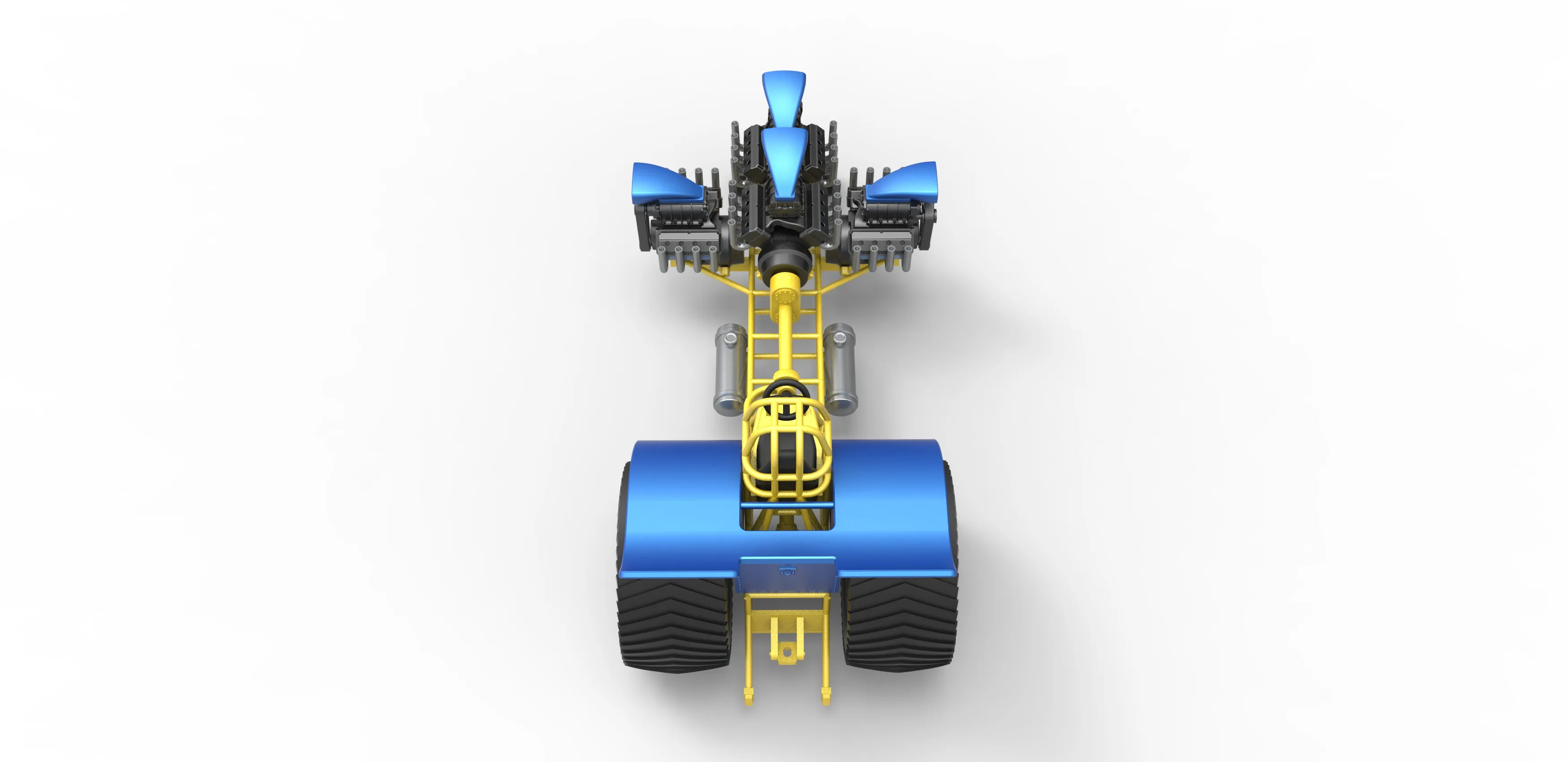
Wheelies are a common issue in diecast tractor pulling, where the front end of the tractor lifts off the ground during a pull, resulting in a loss of power and distance. Preventing wheelies is crucial for maximizing your tractor’s performance. Proper weight distribution is a key strategy to prevent wheelies. Adding weight to the front of the tractor helps to keep the front end down. Fine-tune the weight distribution by experimenting with various weight placements until you find the optimal balance. Adjust the suspension to limit the transfer of weight. A stiffer suspension can reduce the tendency to wheelie. Careful attention to these details will help you maintain control and maximize the pulling distance.
Pulling Surface Analysis
The pulling surface is a critical factor that significantly influences traction and the tractor’s overall performance. The ideal surface provides a balance of grip and resistance, allowing the tractor to effectively transfer power to the sled. Understanding the characteristics of the pulling surface is essential for adapting your setup and optimizing your strategy. This can vary from hard-packed dirt to loose gravel or even artificial surfaces. The conditions of the track can change depending on the weather and usage. Proper preparation and analysis of the pulling surface are essential. Knowing the composition, moisture content, and texture will guide you in making informed decisions about tire selection, weight distribution, and other adjustments.
Understanding Track Conditions
Track conditions directly impact the amount of traction your diecast tractor can generate. Hard-packed tracks generally offer more grip. Softer surfaces, such as muddy or loose dirt, can reduce traction and make it harder for the tractor to maintain its grip. The moisture content of the track is another important factor. Wet tracks often reduce traction. Dry tracks can become dusty and slippery. Observing the track conditions is a crucial step. This should include evaluating the surface composition, texture, and moisture level. Before making any modifications, examine the track surface carefully. Adjusting tire pressures, tread patterns, and weight distribution can help you optimize performance for a given track. Being able to adapt your setup to different track conditions is a key skill for diecast tractor pulling.
Adapting Your Strategy
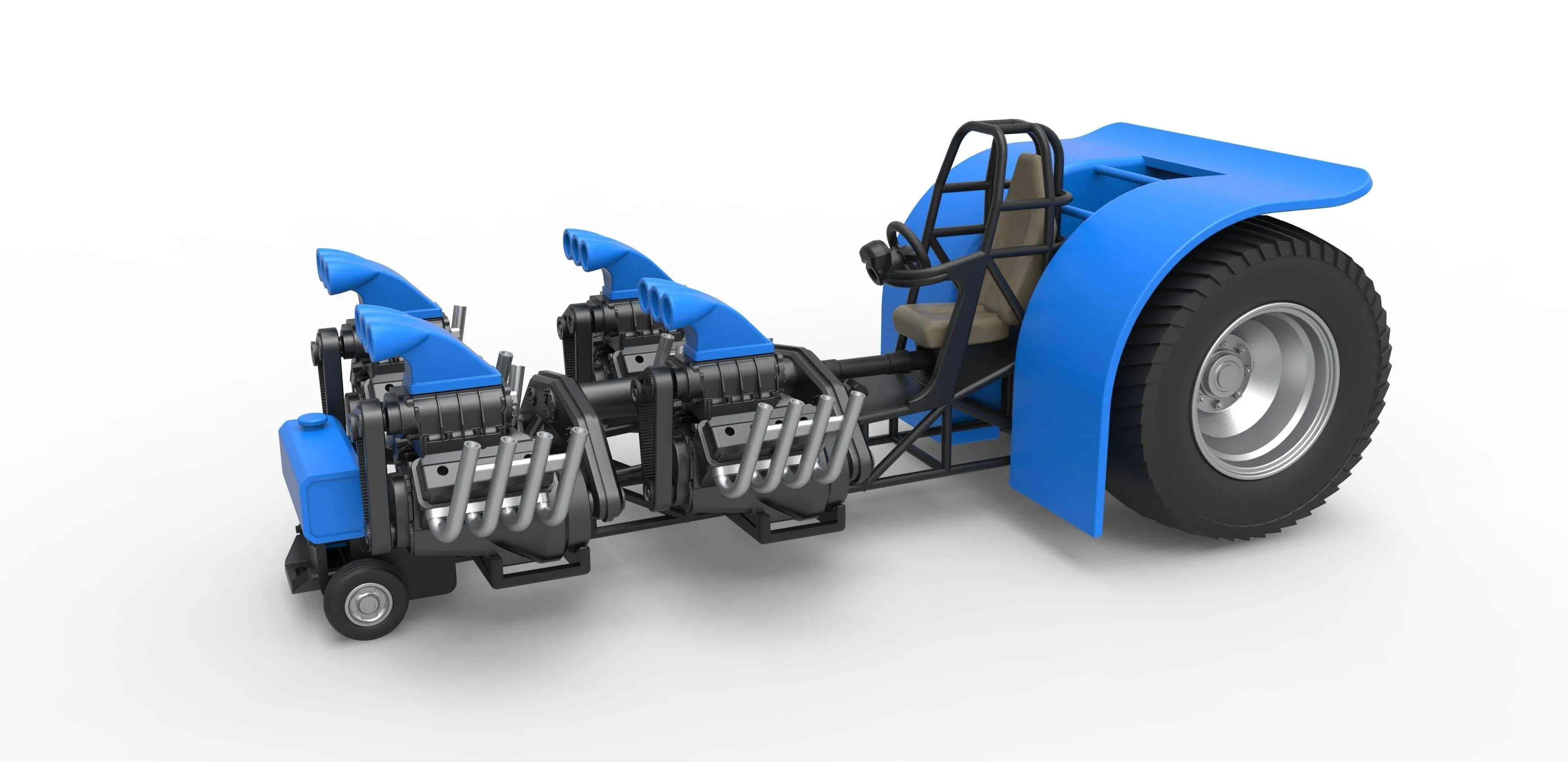
Adaptability is key to success in diecast tractor pulling, as you must adjust your strategy based on the track conditions. If the track is hard and dry, you may need to use tires with a softer compound and a more aggressive tread pattern to maximize grip. For wet or muddy tracks, you can use tires with deeper treads to displace water. When the track is loose, you might need to add more weight to the rear of the tractor to improve traction. Observe how your tractor performs and analyze the results. Fine-tune your setup and make further adjustments to optimize performance. Learning to adapt your strategy to various track conditions is a continuous process. Staying informed and being willing to experiment will allow you to improve your results.
Practice and Fine-Tuning
Regular practice and fine-tuning are essential for achieving optimal performance in diecast tractor pulling. Practice sessions allow you to evaluate your tractor’s performance, test various modifications, and develop your skills as a puller. During practice, record the results of each pull, noting the distance achieved and any adjustments made to your setup. The data can help you identify areas for improvement and make informed decisions. Fine-tuning involves making small, iterative adjustments to various aspects of your tractor. Be methodical in your approach and make only one change at a time to understand its impact. Document your findings and use them to refine your setup over time. The process of practice and fine-tuning is ongoing, requiring patience and a willingness to experiment.
Regular Maintenance
Regular maintenance is crucial for keeping your diecast tractor in top condition and maximizing its performance. Inspect all components regularly for signs of wear and tear. Check the tires, motor, battery, gears, and suspension for any damage or issues. Clean and lubricate moving parts as needed to reduce friction. Replace worn components promptly to prevent them from affecting the performance. Regularly clean your tractor and store it in a safe place. Proper maintenance extends the life of your tractor and ensures that it performs consistently. Develop a regular maintenance schedule to ensure that all parts are properly cared for. By taking good care of your tractor, you’ll be able to consistently improve performance and enjoy the hobby.
Tracking Performance
Tracking your tractor’s performance is critical for understanding how modifications and adjustments affect its performance. Keep a detailed log of all the changes you make to your tractor, including the date, the specific modifications, and the results of each pull. Track the distance achieved in each pull and note any issues or observations. Using this information will provide valuable insights. Analyze the data to identify trends, patterns, and areas for improvement. Documenting and reviewing your performance allows you to refine your approach and make informed decisions. Track the changes you make. Monitor any problems that come up. This data helps you understand what works, and it will help you to get the most from your diecast tractor pulling experience.
Diecast Tractors Conclusion
Diecast toy pulling tractors offer a rewarding hobby that combines the joy of model building with the thrill of competition. By mastering the tips outlined in this guide, you can transform your diecast tractor into a pulling powerhouse, capable of dominating the track. Remember that success in this hobby requires a dedication to practice, experimentation, and continuous improvement. The journey of diecast tractor pulling is just as rewarding as the destination. As you delve deeper into this hobby, you’ll discover new techniques and strategies. Embrace the challenges, learn from your mistakes, and enjoy the process of honing your skills. With the right approach, you can achieve impressive results and experience the excitement of victory in the world of miniature pulling. So, get ready to put these tips into action, customize your tractor, and begin your journey to pulling success.
